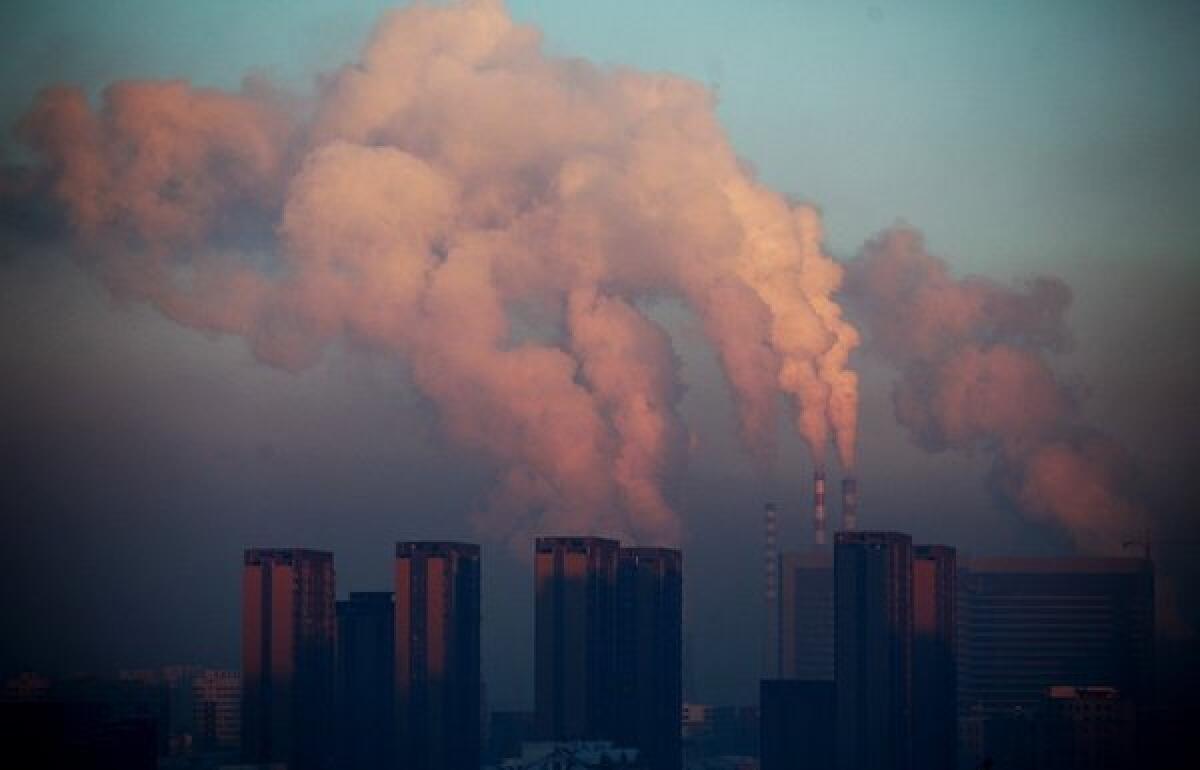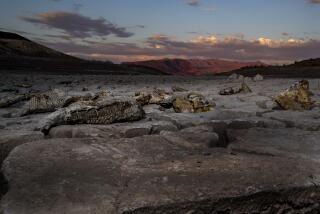Carbon dioxide levels in atmosphere pass 400 milestone, again

The ratio of carbon dioxide reached 400 parts per million Sunday in readings taken by the two top monitors of greenhouse gases.
The National Oceanic and Atmospheric Administration revised its Sunday reading to 400.06, following a Sunday reading of 400.15 by the Scripps Institution of Oceanography.
Both measures came from the top of Mauna Loa volcano in Hawaii, and are considered an important bellwether for the status of Earth’s atmosphere. Readings have exceeded that milestone in the Arctic but had not reached the level in the temperate latitudes in the middle of the Pacific Ocean, far from pollution sources.
The last time readings vied for the 400 parts per million level, nearly two weeks ago, NOAA revised its measure slightly downward. Monday’s report represents revised figures for Sunday and are unlikely to change.
Although the benchmark has taken on symbolic weight amid warnings about man-made climate change, the rate of change in the composition of Earth’s atmosphere is more cause for concern -- no period in Earth’s history has exhibited so rapid a run-up in carbon dioxide content.
The last time Earth’s atmosphere contained 400 parts per million of carbon dioxide was more than 2.5 million years ago, during the Pleistocene Epoch. Scientists estimate that average temperatures during that time rose as much as 18 degrees Fahrenheit. Sea levels ranged between 16-131 feet higher than current levels, according to Richard Norris, a Scripps geologist.
The Scripps carbon dioxide measurements, known as the Keeling Curve, were made famous by Al Gore in his documentary “An Inconvenient Truth.” Instituted by climate science pioneer Charles David Keeling at Scripps, it represents the longest continuous record of CO2 in the world, starting from 316 ppm in March 1958.
For the previous 800,000 years, CO2 levels never exceeded 300 parts per million, and there is no known geologic period in which rates of increase have been so sharp. The level was about 280 parts per million at the advent of the Industrial Revolution in the 18th century, when the burning of fossil fuels began to soar.
“I wish it weren’t true, but it looks like the world is going to blow through the 400-ppm level without losing a beat,” said Scripps geochemist Ralph Keeling, who has taken over the Keeling curve measurement from his late father. “At this pace we’ll hit 450 ppm within a few decades.”
geoffrey.mohan@latimes.com







